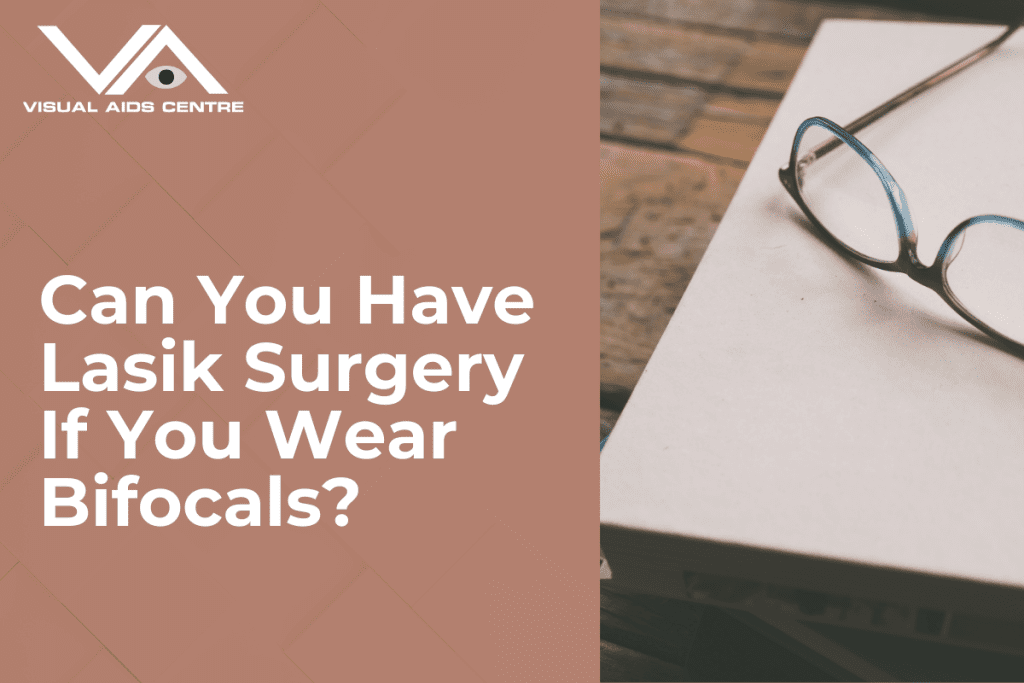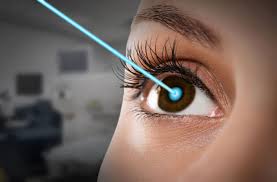Table of Contents
ToggleBifocals are often required to remedy the impaired eyesight that ageing causes in many individuals. Presbyopia, which translates to “old eye” in Greek, is a disorder that impairs close-up vision, particularly in dim light. These bifocals assist in treating presbyopia. Even people who have never required glasses suddenly may do so with the beginning of presbyopia, which is, at best, an irritating situation.
While basic reading glasses or bifocals may help with presbyopia, many people would want to return to their previous way of life when they could see well without glasses. Being a common procedure for correcting eyesight, LASIK for presbyopia is a topic that many patients are eager to learn more about. Presbyopia surgery had a poor prognosis for many years, but that has improved.

Presbyopia
Age-related farsightedness is known as “presbyopia” (hyperopia). Later in life, everyone will feel this to some extent since it is a normal component of ageing. Around the middle to late 40s, presbyopia usually begins to develop.
What Causes Presbyopia, and Why Do You Need Bifocals?
Your eyes may have a more challenging time adjusting to changes in distance and reduced light levels as you age because of your lenses’ decreased flexibility (especially when those changes are made within the up-close range). Presbyopia is difficult to avoid since it develops spontaneously with age. Presbyopia has come to be known as “Over 40 Vision” because of how closely it relates to becoming older. It’s awful news, that’s all. We know more about LASIK eye surgery for presbyopia, which is wonderful news.
How is Presbyopia Treated Medically?
Presbyopia, however, cannot be treated with traditional LASIK eye surgery. Bifocal-eliminating procedures may also be performed using the Monovision LASIK technique, a kind of LASIK eye surgery which is very effective and safe.
LASIK with Monovision
Traditional laser eye surgery has been given a novel twist by monovision LASIK. Is LASIK an option for those who use bifocals? “Yes, but only if they perform a treatment known as monovision. In this surgery, one eye (usually your dominant eye) is corrected while the other is slightly nearsighted. This procedure, also known as mixed vision LASIK, mimics the effects of bifocals. Despite being a surgical improvement over using bifocals, monovision LASIK is not without its flaws. You may still need more visual clarity even though your eyes will now work together to perceive things at close and long distances.
Presbyopia is treated via multifocal LASIK as follows:
- An excimer laser modifies your cornea to create distinct near, distant, and intermediate vision zones. Whether an item is close or far away, your brain chooses which zone to look through to have the finest vision.
- Similar to how multifocal contact lenses cure presbyopia, each zone has a unique way of bending or refracting light, enabling those with presbyopia to restore excellent vision at all distances.
- The surface of either eye may shift and distort vision if a pair of multifocal contact lenses are present. Contrarily, fixed, stationary zones are offered by multifocal LASIK right on the eye’s surface.
Exactly how the cornea should be curved in multifocal LASIK is determined using various techniques to provide the greatest presbyopia correction, much as progression eyeglasses and bifocal contact lenses have numerous shapes.
How Successful is LASIK with Multifocal?
LASIK has had positive results in studies, with most patients reporting distant vision of 20/20 or 20/25 and the ability to read newspaper text up close without glasses.
Your distance vision will likely be hazy immediately following multifocal LASIK if your vision is normal before the procedure, except for presbyopia. This issue may persist. You can also notice diminished contrast sensitivity and a propensity to detect haloes around lights at night.
The inability to distinguish objects against similar-coloured backgrounds results from reduced contrast sensitivity. However, according to some studies, the decreased contrast sensitivity brought on by multifocal LASIK may only be momentary and usually goes away in three to six months.
After having multifocal LASIK, you may still get cataract surgery if you acquire cataracts. However, because of the LASIK procedure’s effects on your cornea, it is more difficult for your cataract surgeon to choose the ideal intraocular lens power to ensure you recover from cataract surgery with perfect vision.
Following cataract surgery, you might require supplementary corneal refractive surgery to achieve satisfactory eyesight for driving and reading without glasses. It’s also conceivable that you’ll need to wear glasses after cataract surgery.
The outcomes of your multifocal LASIK procedure are not guaranteed to be long-lasting, to sum up. Future surgical improvements can be required if your eyes change throughout the years after your LASIK procedure.
Even with the aid of glasses or contact lenses following surgery, it’s still conceivable that the treatment might have side effects that prevent you from seeing as well as you previously did.
Other Presbyopia Treatments
An alternate laser vision technique, such as monovision PRK or LASEK, may be considered if a patient isn’t a suitable candidate for LASIK but is still healthy enough to have laser eye surgery per se. In the consultation phase, eligibility for various treatments might be considered.
Additionally, it is feasible to purchase artificial lenses to swap out the natural lenses in your eyes. These are called intraocular lenses (IOLs) and are very good at restoring vision and removing the need for bifocals.
Conclusion
No particular laser procedure may result in a multifocal effect. Laser correction may achieve a monovision effect by under-correcting the non-dominant eye. A complete correction can be achieved with Lasik and a presbyopia-correcting inlay, which should get FDA clearance next year. Thinking about so-called clear lens exchange surgery would be an additional choice. With the insertion of a multifocal lens implant, the native crystalline lens in this circumstance is removed before a real cataract develops.













